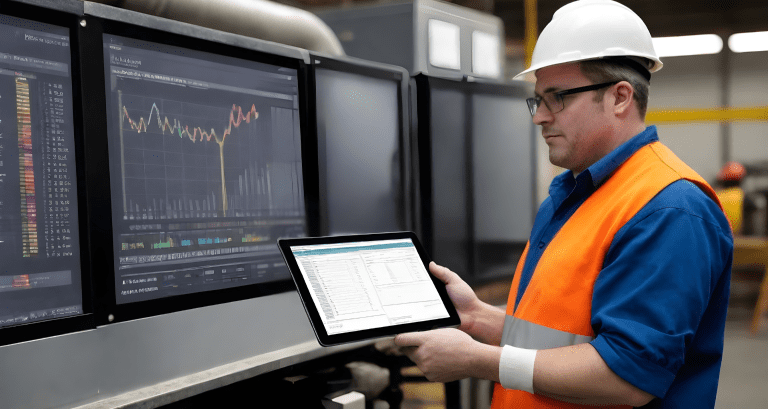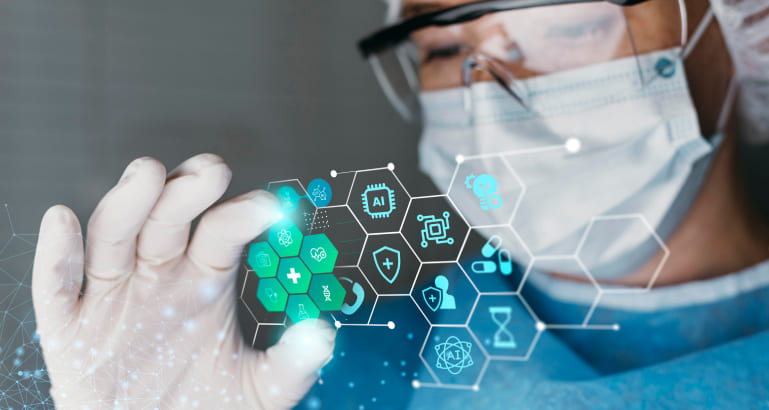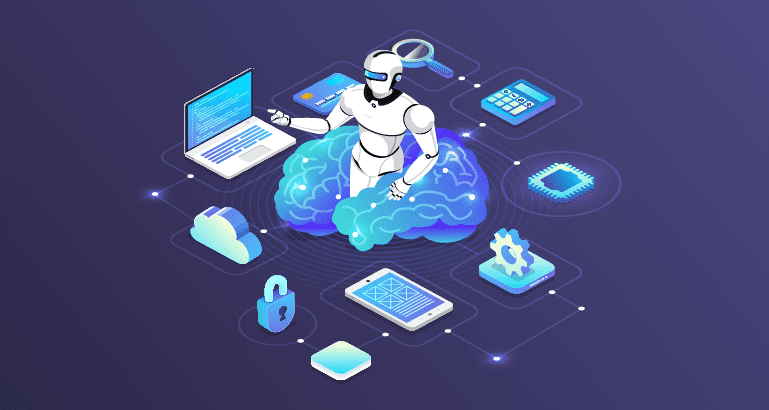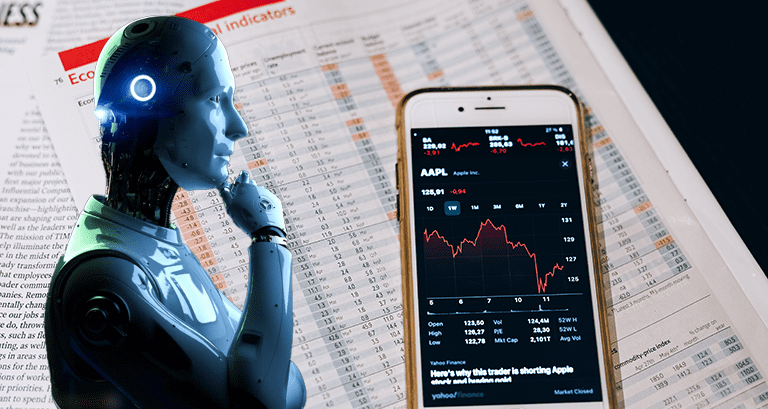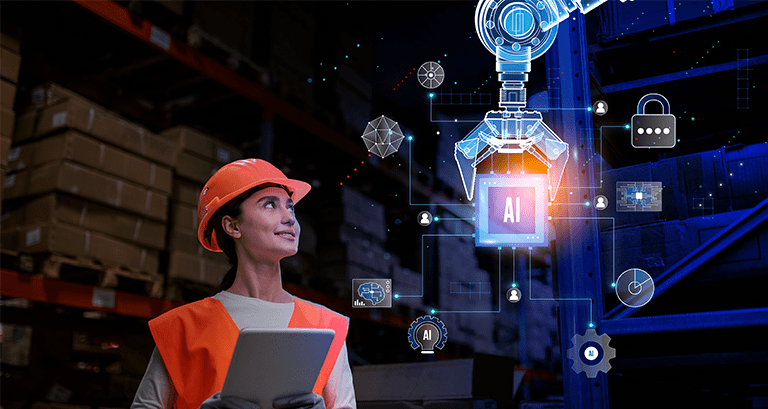Smart Meters: Predictive Maintenance with Condition Monitoring
Understanding Condition Monitoring:
Condition monitoring (CM) is a maintenance strategy that predicts machine functioning and safety by combining machine sensor data that measures vibration and other parameters (in real-time) with innovative machine monitoring software. This approach allows plant maintenance technicians to remotely monitor the functioning of each piece of machinery while also providing a comprehensive view of mechanical operations. When a change in machine health is detected, condition monitoring software sends an alert, allowing your maintenance technicians to assess the situation and determine whether corrective action is needed immediately.
Tеchnologiеs usеd in condition monitoring:
Condition monitoring is a key component of predictive maintenance, as it allows you to detect and diagnose faults in your equipment before they lead to failures or downtime. Using various methods and technologies, you can collect and analyze data on your assets' performance, health, and condition, and take proactive actions to optimize their efficiency and reliability.
IoT:
One of the primary driving forces behind condition monitoring is the advancement and proliferation of IoT devices, which allow you to collect and transmit data from your equipment in real time. IoT devices can measure various parameters, including vibration, temperature, pressure, humidity, sound, and more, to provide insights into your assets' operating conditions and potential issues. These IoT devices can be connected to wireless networks, cloud platforms, and edge computing, allowing you to store, process, and access data remotely and securely.
Data analytics and AI:
Data analytics and AI allow you to extract meaningful information and patterns from your data and make better decisions based on it. This helps you perform a variety of tasks, including data cleansing, feature extraction, anomaly detection, fault diagnosis, root cause analysis, and predictive modeling, while also providing you with actionable recommendations and alerts. Furthermore, data analytics and AI can take advantage of machine learning, deep learning, and neural networks, allowing you to learn from your data and continuously improve your models.
Cloud computing:
Cloud computing is fundamentally changing how we approach condition monitoring. Instead of being confined to on-site servers and limited processing power, cloud storage allows vast amounts of data to be securely stored and accessed from anywhere with an internet connection. This flexibility empowers real-time monitoring and analysis, regardless of location. These cloud-based solutions unlock the potential of advanced analytics and artificial intelligence. By integrating data with other sources and platforms in the cloud, businesses can leverage powerful algorithms to gain deeper insights into equipment health and predict potential issues before they become critical failures.
Machine learning:
Machine learning is transforming the way we monitor the condition of machinery. By collecting data from sensors and measuring vibration and temperature, we can analyze this information to forecast potential equipment issues before they lead to expensive breakdowns. This proactive approach allows us to shift from reactive maintenance, where we only fix things after they've broken to preventive maintenance, where we address problems before they escalate. This not only saves money but also ensures that operations run smoothly without unexpected interruptions.
Building a Condition Monitoring Solution with Smart Meters:
Data Acquisition and Preparation:
The first step involves gathering high-frequency energy usage data from smart meters installed throughout your facility. This data should capture information at both the equipment and facility levels. To create a comprehensive data pool for analysis, this smart meter data needs to be seamlessly integrated with existing data sources such as equipment records and historical maintenance logs. Once collected, data quality is ensured by addressing missing values, outliers, and inconsistencies. Preprocessing involves data transformation, normalization, and feature engineering to prepare it for use in predictive analytics models.
Feature Engineering:
Here, define and calculate equipment-specific health metrics based on historical data and expert knowledge. These metrics might include reliability indices, degradation trends, failure rates, and performance indicators. Additionally, Key Performance Indicators (KPIs) are identified and developed, focusing on equipment performance, energy consumption, operational states, and efficiency. If your facility utilizes additional sensors, their data can be fused with smart meter data to extract richer insights and identify correlations between equipment health and various sensor readings.
Predictive Modeling:
This stage focuses on building models to predict future equipment behavior and potential failures. Machine learning algorithms are chosen based on data characteristics and the desired predictive task. Common algorithms used include Random Forest, Gradient Boosting, or LSTMs. These algorithms are then trained and fine-tuned using historical data to develop robust predictive models. Anomaly detection models are also developed to identify unusual equipment behavior and potential failure patterns. This allows for proactive maintenance scheduling.
Integration and Deployment:
Once the models are trained, they are integrated into your existing monitoring and maintenance systems, enabling real-time monitoring and automated alerts. Interactive dashboards and visualizations are developed to showcase equipment health metrics, performance indicators, anomaly alerts, predictive insights, and maintenance recommendations. This empowers informed decision-making. An alerting and notification system is also implemented to inform maintenance teams and relevant stakeholders about equipment anomalies, predicted failures, or upcoming maintenance schedules.
Testing and Validation:
Before full deployment, the effectiveness of the models and anomaly detection algorithms is validated using historical data, cross-validation techniques, and performance metrics. Additionally, User Acceptance Testing (UAT) is conducted with stakeholders, maintenance personnel, and end-users to evaluate the functionality, usability, and effectiveness of the condition monitoring module.
Deployment and Monitoring:
A seamless deployment plan is created and executed to integrate the condition monitoring module within your production environment. This ensures data connectivity, system stability, and smooth integration with existing infrastructure. The final step involves continuously monitoring the performance of your models, dashboards, and alerting systems. Regular maintenance, updates, and enhancements are performed based on user feedback and data quality improvements.
Benefits of Condition Monitoring with Smart Meters:
Reduced Downtime:
One of the most significant benefits of implementing a condition monitoring solution with smart meters is the ability to detect equipment issues early on. By identifying potential failures before they occur, organizations can schedule preventive maintenance, minimizing unplanned downtime and production disruptions. This proactive approach translates to increased operational efficiency and substantial cost savings.
Optimized Maintenance Strategies:
Condition monitoring allows organizations to shift from reactive maintenance to a proactive approach. By analyzing real-time data from smart meters, businesses can prioritize maintenance tasks based on the equipment's health status and the likelihood of failure. This optimization of maintenance schedules and resources leads to reduced overall maintenance costs and improved asset reliability.
Improved Energy Efficiency:
Smart meters provide detailed insights into energy consumption patterns, enabling organizations to identify areas for improvement. By optimizing equipment performance and addressing energy inefficiencies, businesses can achieve significant cost savings on their energy bills while also reducing their environmental footprint.
Enhanced Data-Driven Decision Making:
It empowers organizations to make informed decisions based on real-time equipment health insights. By leveraging data analytics, businesses can allocate resources more effectively, optimize maintenance schedules, and make strategic decisions regarding equipment upgrades or replacements. This data-driven approach ensures that decisions are based on actual performance data, leading to improved operational outcomes.
Improved Safety:
Early detection of equipment anomalies not only reduces downtime but also helps prevent safety hazards in the workplace. By proactively addressing potential issues, organizations create a safer working environment for their employees, minimizing the risk of accidents or injuries.
Conclusion:
NU10’s condition monitoring with smart meters offers a powerful suite of benefits for organizations seeking to optimize their operations. By leveraging real-time data and advanced analytics, businesses can gain a deeper understanding of their equipment's health, predict potential failures, and implement proactive maintenance strategies. This transforms to reduced downtime, extended asset lifespan, improved energy efficiency, and enhanced data-driven decision-making contributing to a safer, more cost-effective, and sustainable operation. Connect with NU10 to improve your bottom line and gain a competitive edge by implementing a condition-monitoring solution with smart meters.
About Author
Mohit Kataria
Mohit, a career entrepreneur with 21+ years of experience, specializes in conceptualizing large scale analytics initiatives and driving them to success. He co-founded Manthan Research & Analytics, later acquired by M3 and rebranded as m360 Research. He excels in building and scaling high performance teams.

